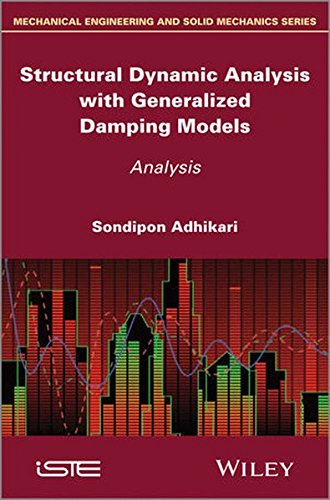

Most ebook files are in PDF format, so you can easily read them using various software such as Foxit Reader or directly on the Google Chrome browser.
Some ebook files are released by publishers in other formats such as .awz, .mobi, .epub, .fb2, etc. You may need to install specific software to read these formats on mobile/PC, such as Calibre.
Please read the tutorial at this link. https://ebooknice.com/page/post?id=faq
We offer FREE conversion to the popular formats you request; however, this may take some time. Therefore, right after payment, please email us, and we will try to provide the service as quickly as possible.
For some exceptional file formats or broken links (if any), please refrain from opening any disputes. Instead, email us first, and we will try to assist within a maximum of 6 hours.
EbookNice Team

Status:
Available0.0
0 reviewsOver the past decade, extensive research has been undertaken on more general "non-viscous" damping models and vibration of non-viscously damped systems. This book, along with a related book Structural Dynamic Analysis with Generalized Damping Models: Identification, is the first comprehensive study to cover vibration problems with general non-viscous damping. The author draws on his considerable research experience to produce a text covering: dynamics of viscously damped systems; non-viscously damped single- and multi-degree of freedom systems; linear systems with non-local and non-viscous damping; reduced computational methods for damped systems; and finally a method for dealing with general asymmetric systems. The book is written from a vibration theory standpoint, with numerous worked examples which are relevant across a wide range of mechanical, aerospace and structural engineering applications.
Contents
1. Introduction to Damping Models and Analysis Methods.
2. Dynamics of Undamped and Viscously Damped Systems.
3. Non-Viscously Damped Single-Degree-of-Freedom Systems.
4. Non-viscously Damped Multiple-Degree-of-Freedom Systems.
5. Linear Systems with General Non-Viscous Damping.
6. Reduced Computational Methods for Damped Systems